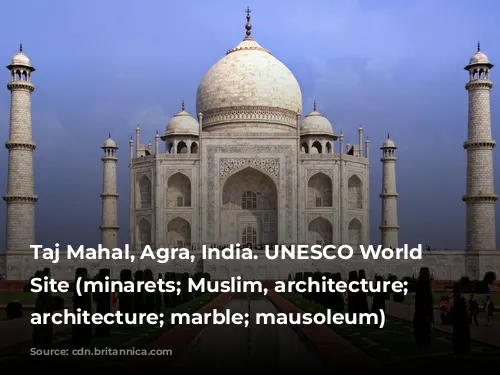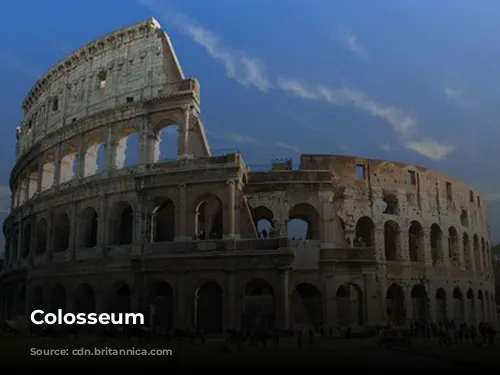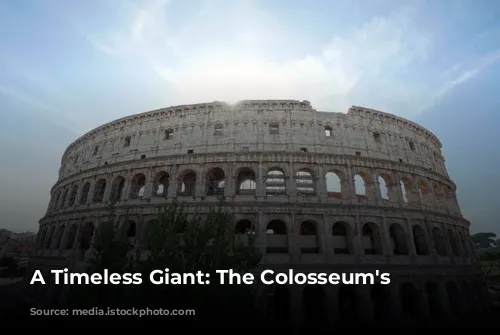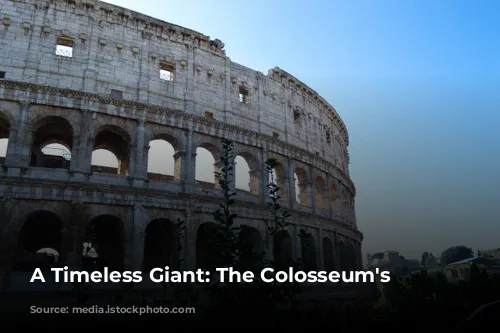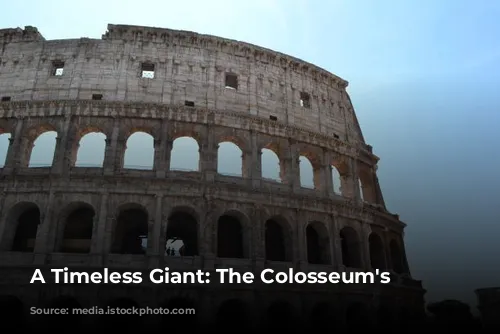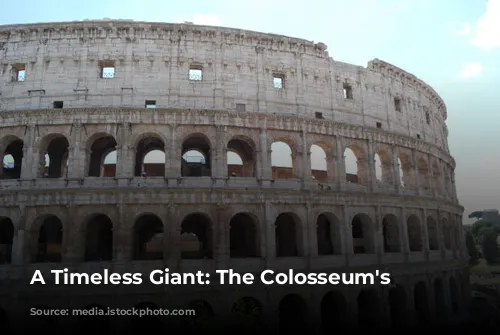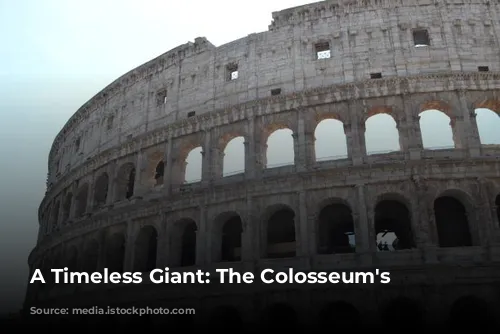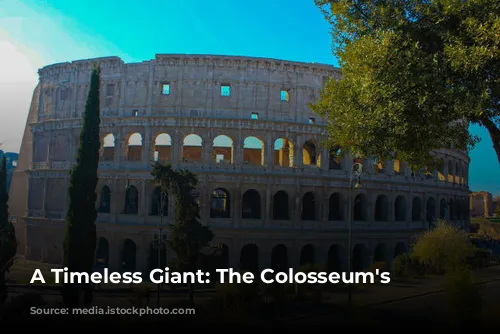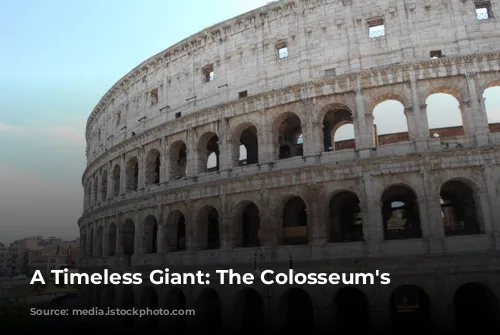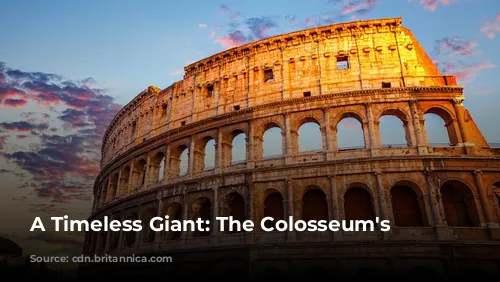The Colosseum, a majestic relic of the Roman Empire, stands today as a testament to the architectural and engineering genius of ancient Rome. This iconic structure isn’t just a historical marvel but also a major economic driver for Italy. In 2018 alone, the Colosseum, Roman Forum, and Palatine Hill raked in over $63.3 million (€53.8 million), making it Italy’s top tourist attraction.
This ancient wonder has witnessed both glory and decay. After the fall of the Western Roman Empire, the Colosseum fell into a state of disrepair. In the 12th century, it was repurposed as a fortress by the Frangipane and Annibaldi families. The 15th century saw Pope Alexander VI authorize the Colosseum as a quarry, further stripping it of its grandeur. After over a thousand years of neglect, state-funded restoration efforts began in the 1990s, bringing the Colosseum back to its former glory.
From Emperor’s Vision to Public Spectacle
The Colosseum’s construction was born from the vision of Emperor Vespasian, who sought to revitalize Rome after the turbulent year of the Four Emperors in 69 CE. Like other amphitheatres, Vespasian envisioned the Colosseum as a grand entertainment venue for the masses. The arena would host thrilling gladiator fights, captivating animal hunts, and even mock naval battles.
Construction commenced under Vespasian between 70 and 72 CE. The finished structure was dedicated in 80 CE by Titus, Vespasian’s son and successor. The Colosseum’s fourth story was a later addition, completed by Emperor Domitian in 82 CE. The arena’s construction was financed by the plunder from Titus’s sack of Jerusalem in 70 CE, and it was built by enslaved Jews from Judea, a reminder of the empire’s complexities.
A Monument of Stone and Spectacle
The Colosseum is an amphitheatre built in Rome during the reign of the Flavian emperors. It’s also known as the Flavian Amphitheatre. This impressive elliptical structure is composed of stone, concrete, and tuff, reaching a height of four stories. Measuring 620 by 513 feet (189 by 156 meters), it could accommodate a staggering 50,000 spectators.
The Colosseum’s location holds symbolic significance. Situated just east of the Palatine Hill, it occupies the land that was once Nero’s Golden House. Vespasian replaced Nero’s private lake with a public amphitheater, a symbolic gesture that reflected his humble beginnings and his desire to provide entertainment for the people.
Engineering Marvel and Public Entertainment
The Colosseum was a marvel of engineering. Unlike earlier amphitheatres, which were often built into hillsides, this freestanding structure used an intricate network of barrel vaults and groin vaults. The arena’s three lower stories are adorned with arcades, framed by engaged columns in the Doric, Ionic, and Corinthian orders. This rising arrangement of columns became the basis of the Renaissance codification known as the assemblage of orders.
The Colosseum’s construction involved a blend of materials: Travertine for the main structural framework and facade, volcanic tufa for the secondary walls, and concrete for the inner bowl and arcade vaults. The arena was equipped with a massive retractable awning called a velarium, which shielded spectators from the sun. The velarium was supported by masts that extended from the Colosseum’s top story, and hundreds of Roman sailors were responsible for manipulating its rigging.
The Colosseum was the stage for gladiatorial combats, animal hunts, and even mock naval battles. However, the historical evidence for the martyrdom of early Christians in the arena is unclear.
From Glory to Ruin and Restoration
In medieval times, the Colosseum was repurposed as a church, then as a fortress by the Frangipane and Annibaldi families. The Colosseum suffered from the ravages of time, experiencing damage from lightning, earthquakes, vandalism, and pollution. Its marble seats and decorative materials were stripped, as the site was used as a quarry for over a thousand years.
Fortunately, the Colosseum’s preservation efforts began in earnest in the 19th century, with significant contributions by Pius VIII. A major restoration project was undertaken in the 1990s, reviving this ancient wonder. Today, the Colosseum is a top tourist attraction, welcoming nearly seven million visitors annually. It also hosts changing exhibitions that explore the fascinating culture of ancient Rome.
The Colosseum, a monument to Roman ingenuity and resilience, continues to captivate audiences worldwide, standing as a timeless reminder of the grandeur of ancient Rome.
